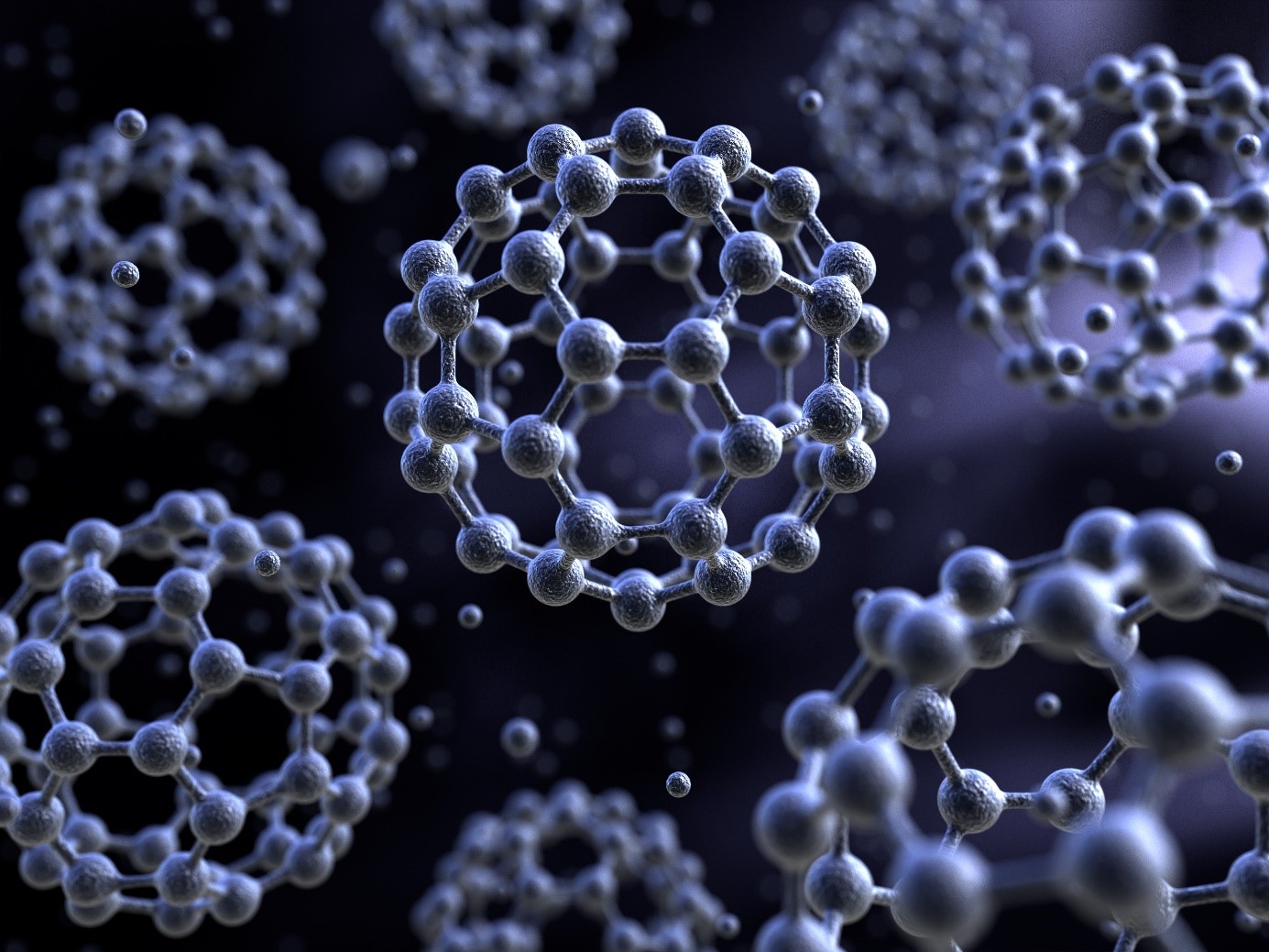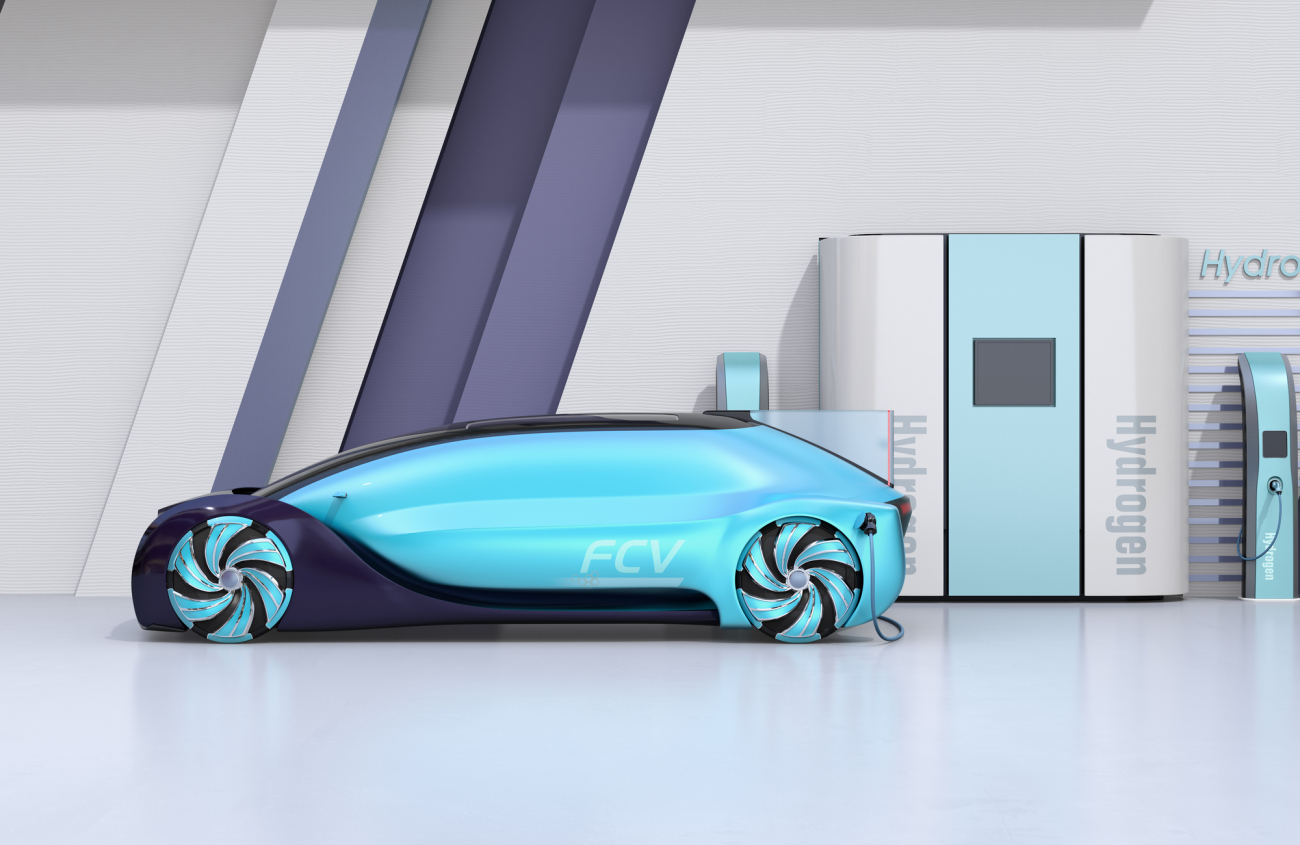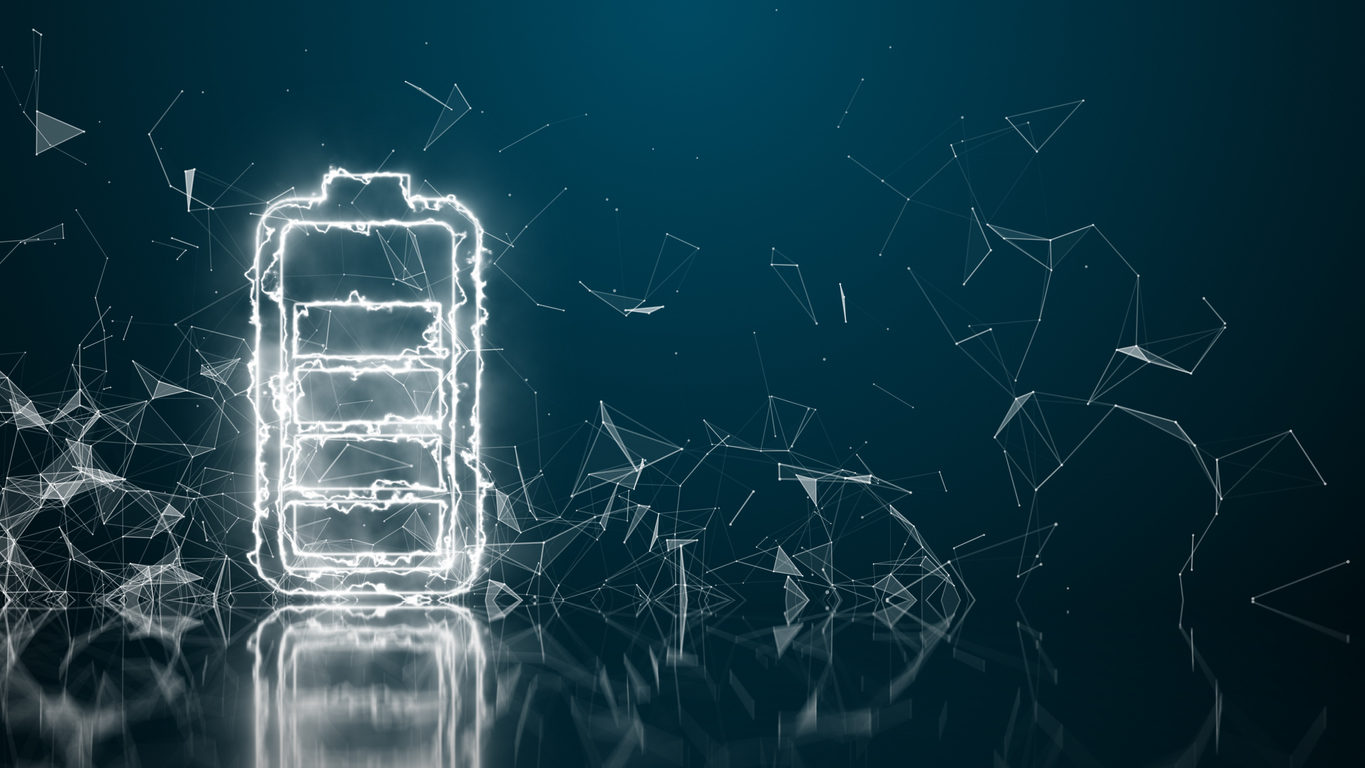Graphite Repurposing: A Circular-Economic Perspective
Graphite is on the cusp of explosive market growth. As one of the world’s most versatile manufacturing materials, it is a crucial component in new technologies, particularly state-of-the-art batteries that revolutionize energy storage, transport, and mobile electronics. The World Bank says graphite demand will increase by 500% between 2018 and 2050. Electric vehicle uptake will drive >700% graphite demand growth by 2025. Most of the natural graphite is used in manufacturing Li-ion batteries, and the present recycling rate of graphite from Li-ion batteries is too low (<5%). This article summarizes various conventional and advanced recycling technologies, key challenges, and crucial players involved in graphite recycling from waste batteries.

Batteries are the biggest market utilizing natural graphite. Nearly 56% of the mined graphite is anticipated to be used in the production of Li-ion batteries by 2027. By weight, graphite is the largest component in Li-ion batteries, containing 10-15 times more graphite than lithium. Lithium-ion batteries have made portable electronics ubiquitous and are about to do the same for electric vehicles. That success story sets the world on track to generate a multimillion-metric-ton heap of post-consumer Li-ion batteries that could end up in the trash. Despite their value and recyclability, less than 5% of batteries are recycled today due to technical, economic, and other factors. The enormousness of the impending spent-battery situation drives researchers to search for cost-effective, environmentally sustainable recycling strategies.
Graphite Repurposing: Challenges
High Cost: The high cost is the main hindrance to recycling. According to industry sources, the cost of recycling a battery is about INR 90-100/kg. The recycling facility requires increased investment in the collection of waste Li-ion batteries, transportation, and resource management, while the profit margins are low.
Environmentally Toxic: Many established recycling processes pose environmental toxicities, such as global warming, terrestrial ecotoxicity, marine toxicity, etc. The main ecological drivers include the generation of high-acid waste and the emission of greenhouse gases, with values ranging from 0.53 to 9.76 kg·CO2 equivalent per 1 kg of graphite. Waste acid generation is the main environmental driver.
Complex Process: It is difficult to remove the electrolyte and solid electrolyte interphase layer. The recycling process requires high energy, such as operating at high temperatures of 2400-3000°C, which is considerably higher than the energy requirements for recycling other materials like plastics. It also involves high pressures, complex solvents, etc.
Lithium-ion Battery Recycling Market
In 2023, the global market for lithium-ion battery recycling was valued at $3.54 billion. This sector is expected to experience significant growth, with a projected compound annual growth rate (CAGR) of 21% over the next decade. By 2033, the market is anticipated to approach a nearly $24 billion valuation. This rapid expansion underscores the increasing importance of sustainable practices and the rising demand for efficient recycling solutions in the face of growing lithium-ion battery usage worldwide.
Graphite Repurposing: Current Technology Landscape

- Hydro-to-Anode: This process is more efficient and sustainable and returns higher-level materials to the supply chain. It involves fewer steps than conventional methods, with consistent yields of over 99.9% pure graphite and energy capacity. Figure 2 depicts the method in comparison with other conventional methods.
- Hydrometallurgy: This technique employs water-based solutions to retrieve metals from ores, concentrates, and recycles.
- Pyrometallurgy: This meth recycling method uses high-temperature smelting procedures to recover battery components and graphite.
Near Future – Developing Technologies
Below are some exemplary technologies in the developing phase that, upon commercialization, might yield promising results.

Business Eco-system Involved in Graphite Regeneration

Eco-Graf, an Australia-based start-up, has come up with a superior, environmentally responsible, closed-loop recycling of graphite from batteries. This technology can achieve up to 99.8% recovery.
Ascend Elements, a company based in is recycling graphite from batteries with a purity of 99.9% through a patented Hydro-To-AnodeTM technology. The method removes impurities, keeps the valuable metals in the solution, and eliminates multiple steps like smelting, mixing, and ending alloy slag in the recycling flow.
The adjacent figure shows various start-ups, companies, and research institutes working on graphite recycling.
Graphite Repurposing: Conclusion
As China heavily dominates the graphite supply chain, developing a secondary supply chain via used battery recycling is pertinent. There has been extensive research on low-cost, efficient, sustainable, and environment-friendly recycling methods, especially in the past few years. Few companies are efficiently working on graphite recycling from spent batteries with high purity. Commercializing the technologies in the developing phase might enhance the recycling rates of graphite and ultimately become a lucrative market in the near future.



